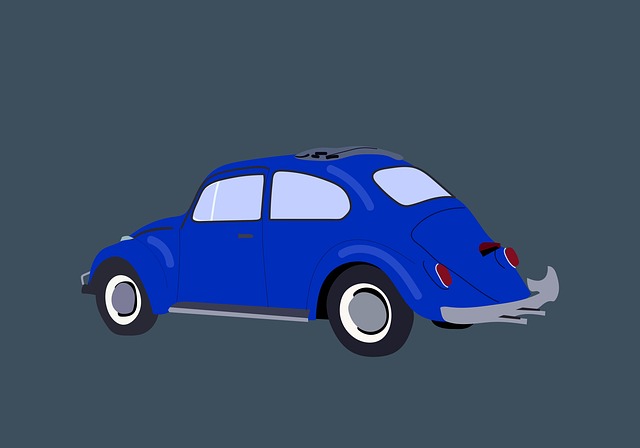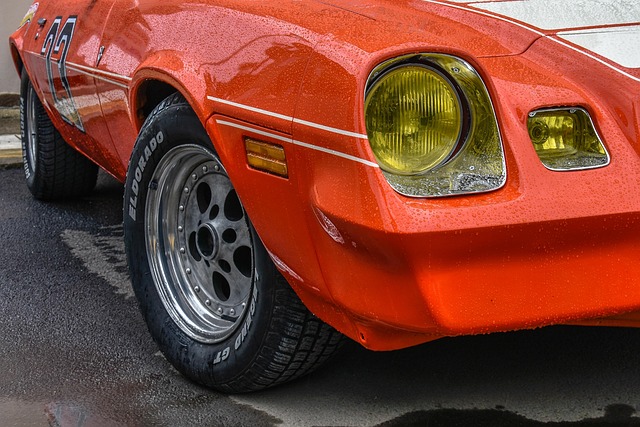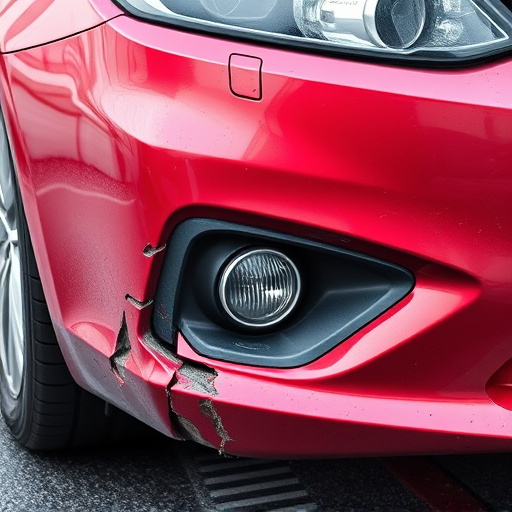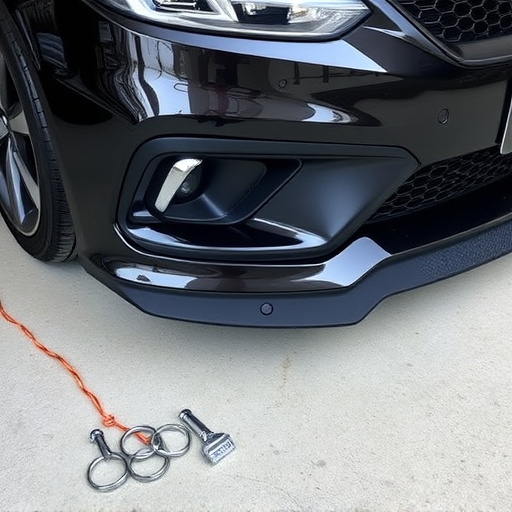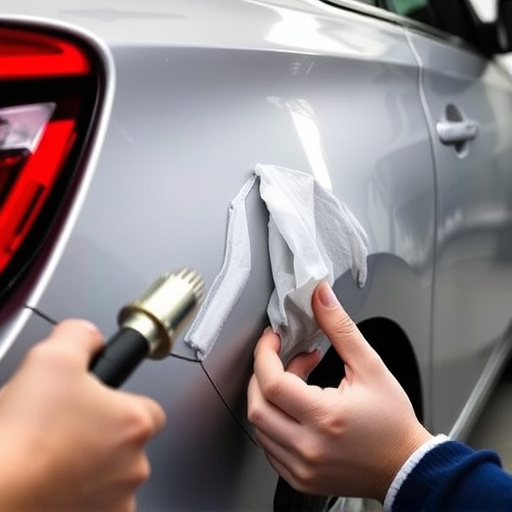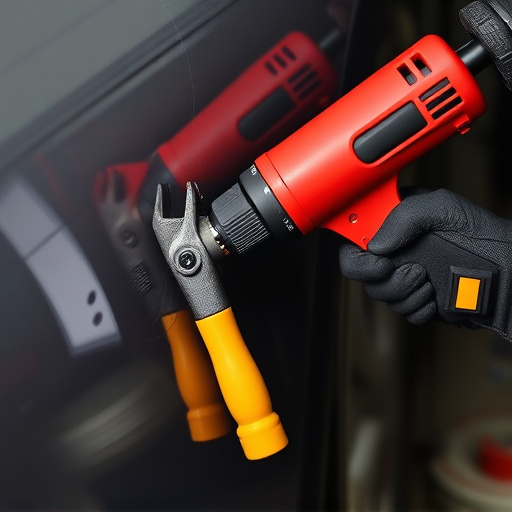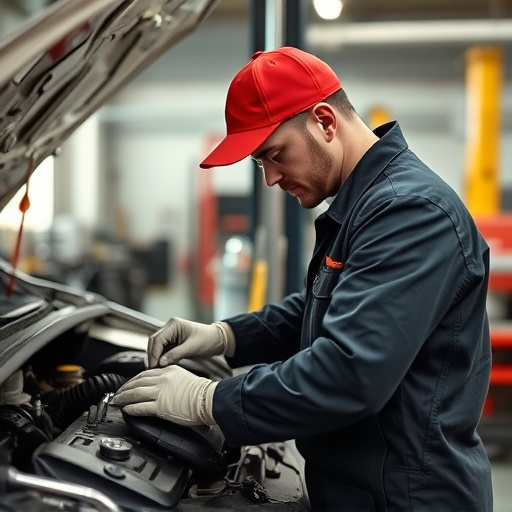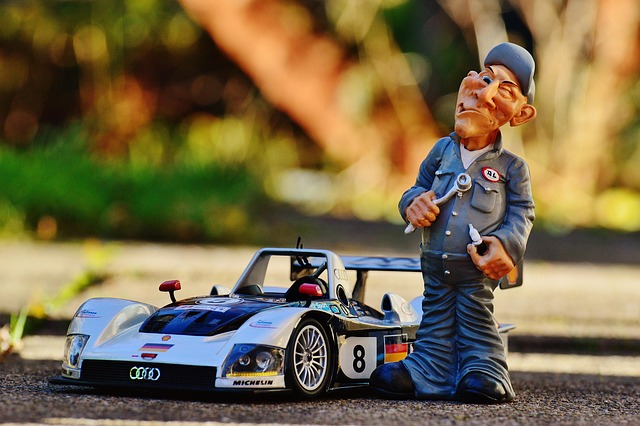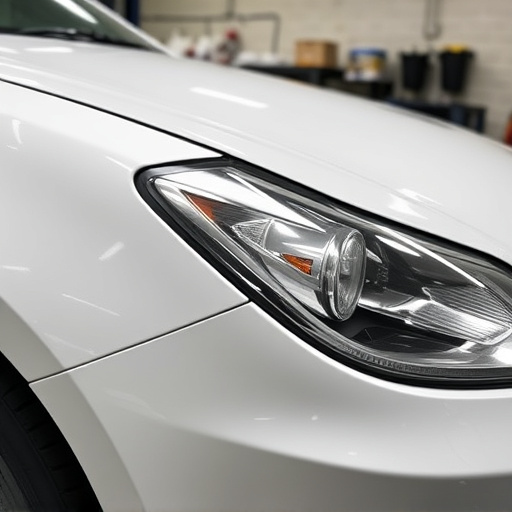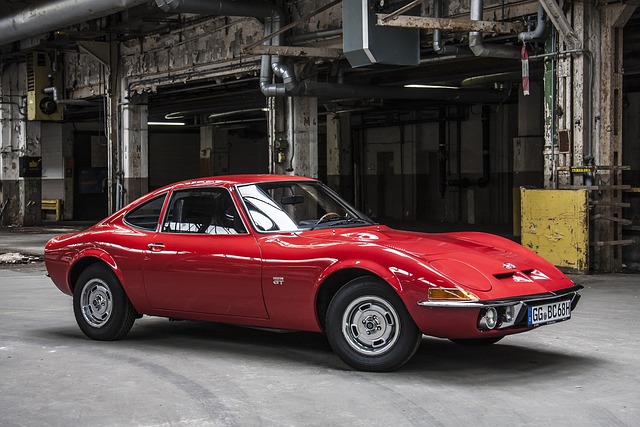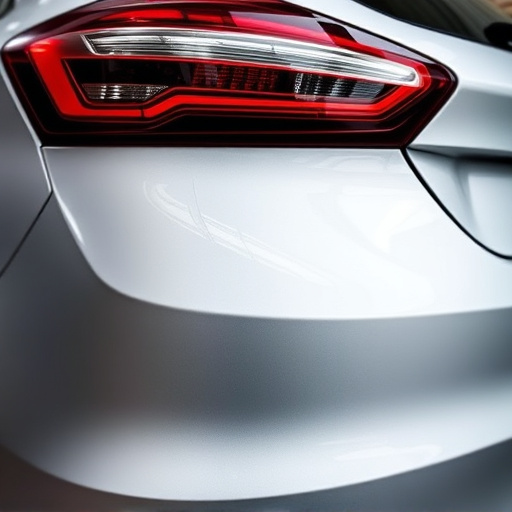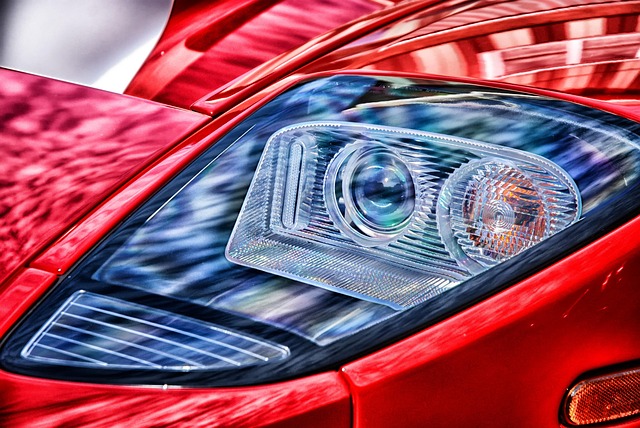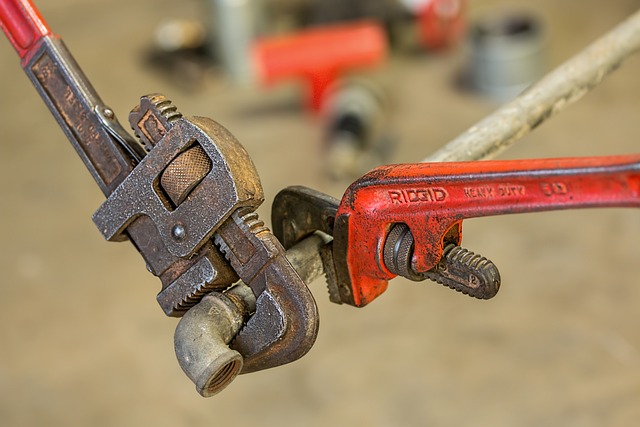Structural realignment is a critical, multi-step process in auto body collision repair that goes beyond cosmetic fixes to ensure vehicles meet safety, aesthetic, and value standards. Skilled technicians begin with detailed assessments and document damage, followed by precise techniques like frame machine realignments and meticulous painting. Parts replacement and expert welding are crucial for restoring structural integrity, handling, stability, and vehicle performance. Best practices include thorough inspection, use of original equipment manufacturer (OEM) parts, advanced alignment technology, and collaboration with experienced collision repair shops to achieve reliable transportation post-repair.
“In the world of auto body collision repair, structural realignment is a game-changer. This comprehensive guide delves into the intricacies of this critical process, serving as a testament to its significance in vehicle reconstruction. From understanding the foundational concepts to exploring the step-by-step procedure, we uncover the benefits and best practices essential for optimal auto body collision repair. By the end, folks will be equipped with the knowledge to navigate this intricate yet vital process.”
- Understanding Structural Realignment: The Foundation of Auto Body Collision Repair
- The Process: From Assessment to Restoration
- Benefits and Best Practices for Optimal Vehicle Reconstruction
Understanding Structural Realignment: The Foundation of Auto Body Collision Repair
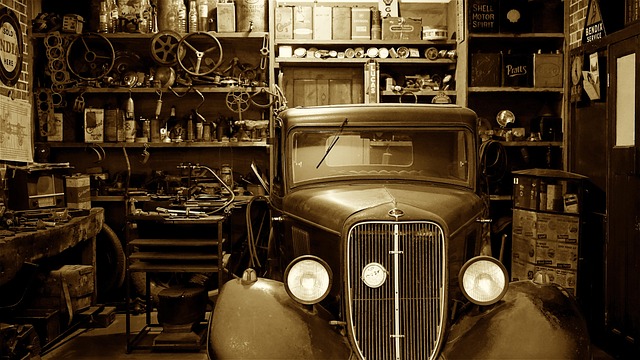
Structural realignment is a cornerstone of auto body collision repair services, involving meticulous adjustments to restore a vehicle’s frame and components to their original specifications after a collision. This intricate process ensures not just cosmetic restoration but also maintains the structural integrity critical for safe operation. By realigning panels, frames, and other parts, automotive repair experts can prevent imbalances that could compromise handling, stability, and overall vehicle performance.
Mastering structural realignment requires advanced techniques and specialized equipment, including frame machines that precisely adjust metal to its pre-accident condition. Vehicle paint repair often follows this initial realignment to ensure not just a smooth surface but also an accurate match with the vehicle’s original finish. It’s not just about fixing dents; it’s about restoring the automotive repair to its pristine state, combining art and science for optimal safety and aesthetics in auto body collision repair.
The Process: From Assessment to Restoration
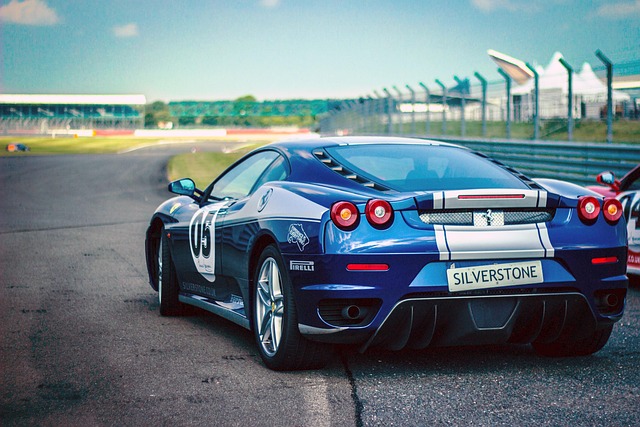
The journey toward restoring a vehicle to its pre-collision condition begins with a meticulous assessment. Skilled technicians inspect every angle and component, meticulously documenting the impact’s effects. This initial step is pivotal as it dictates the subsequent strategies for structural realignment. Damage may vary from minor dents and scratches to significant deformities, necessitating precise techniques tailored to each unique case.
Once the evaluation is complete, the repair process unfolds. For a fender repair, for instance, technicians carefully remove the damaged area, replacing it with a new or expertly refurbished piece. This involves meticulous welding and painting to ensure seamless integration. Similar approaches are taken in vehicle collision repair, addressing various components like doors, hoods, and even the chassis. The ultimate goal is to realign the structure, ensuring safety and aesthetics while also preserving the car’s overall value.
Benefits and Best Practices for Optimal Vehicle Reconstruction

The process of structural realignment is a critical aspect of auto body collision repair services, ensuring vehicles return to their pre-collision condition. One of the key benefits is preserving the original integrity and value of the vehicle. Skilled technicians use specialized equipment and techniques to precisely realign damaged components, maintaining the car’s structural stability and safety features. This meticulous approach not only restores the vehicle’s aesthetics but also its performance, making it a reliable mode of transportation once again.
Best practices for optimal vehicle reconstruction involve several strategies. First, thorough inspection is crucial to identify all damage areas accurately. Second, using original equipment manufacturer (OEM) parts guarantees compatibility and ensures the highest quality standards in car restoration. Additionally, advanced alignment technology enables precise adjustments, enhancing the overall repair precision. Collaborating closely with experienced collision repair shops specializing in structural realignment ensures a seamless and efficient process, resulting in a vehicle that meets or exceeds pre-accident conditions.
Structural realignment is a vital aspect of auto body collision repair, ensuring vehicles return to their original strength and safety standards. By understanding the process and implementing best practices, professionals can deliver optimal vehicle reconstruction, enhancing customer satisfaction in the competitive auto repair industry. This comprehensive approach to auto body collision repair services is key to maintaining quality and precision in modern automotive restoration.
